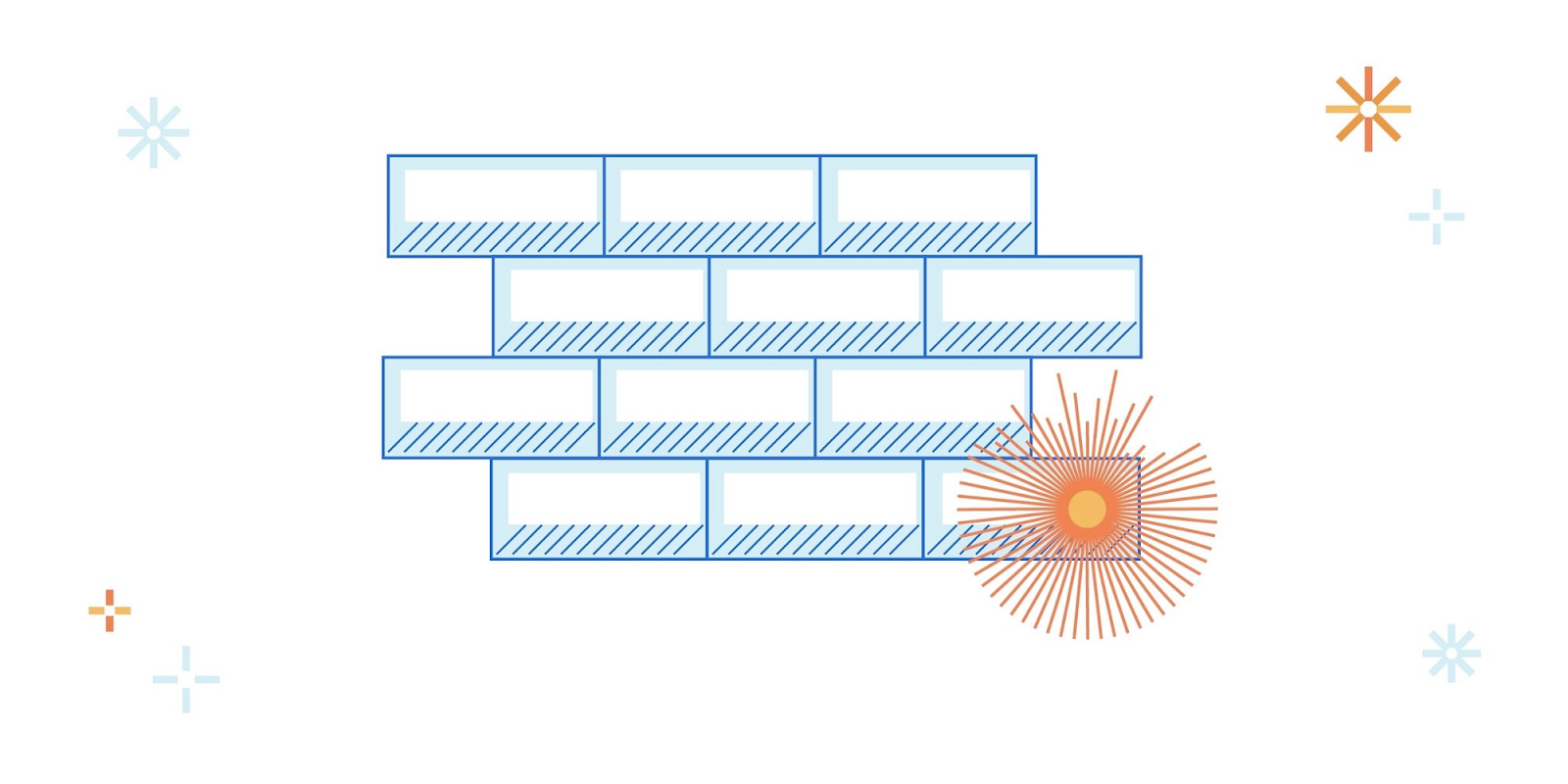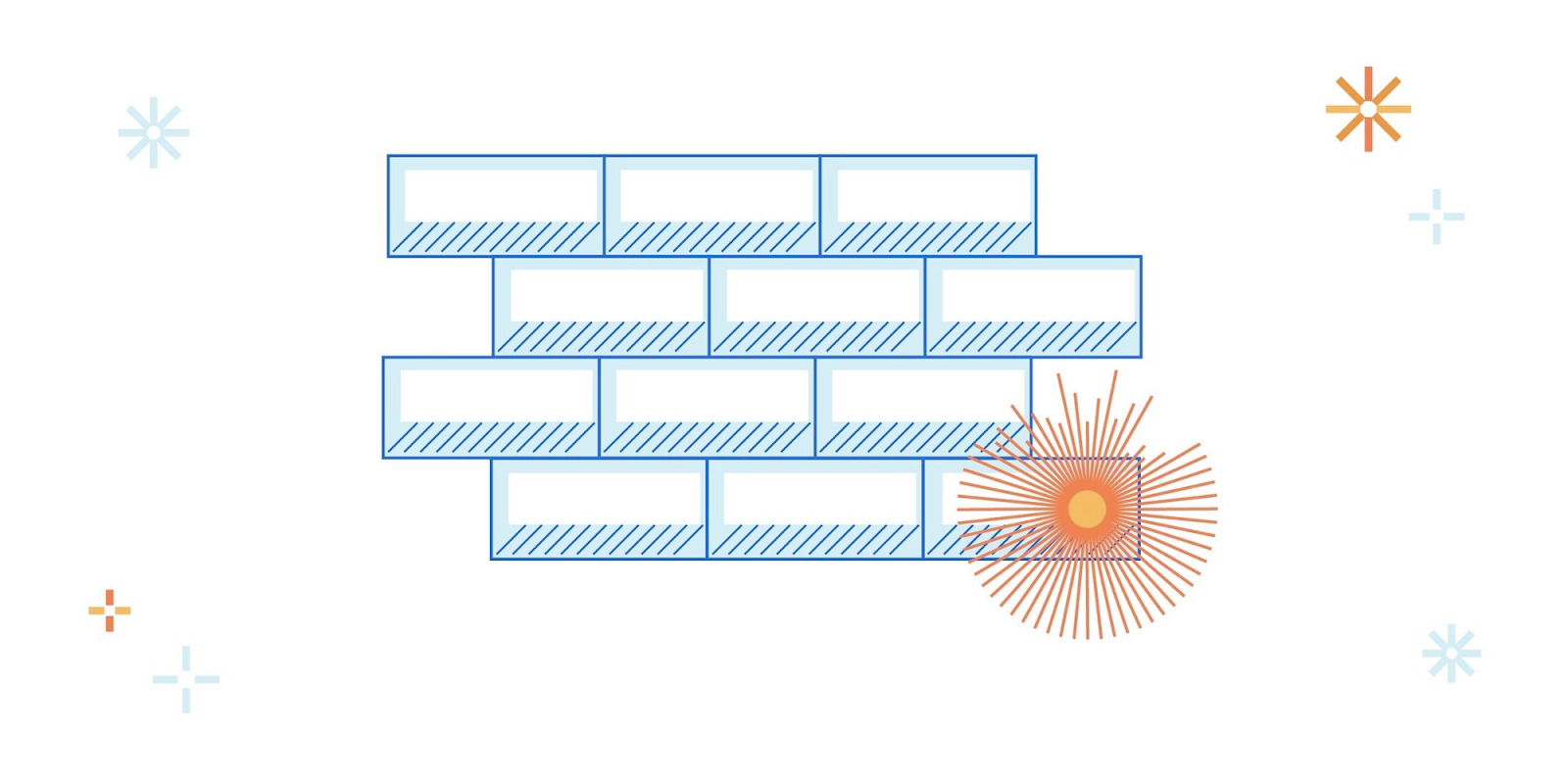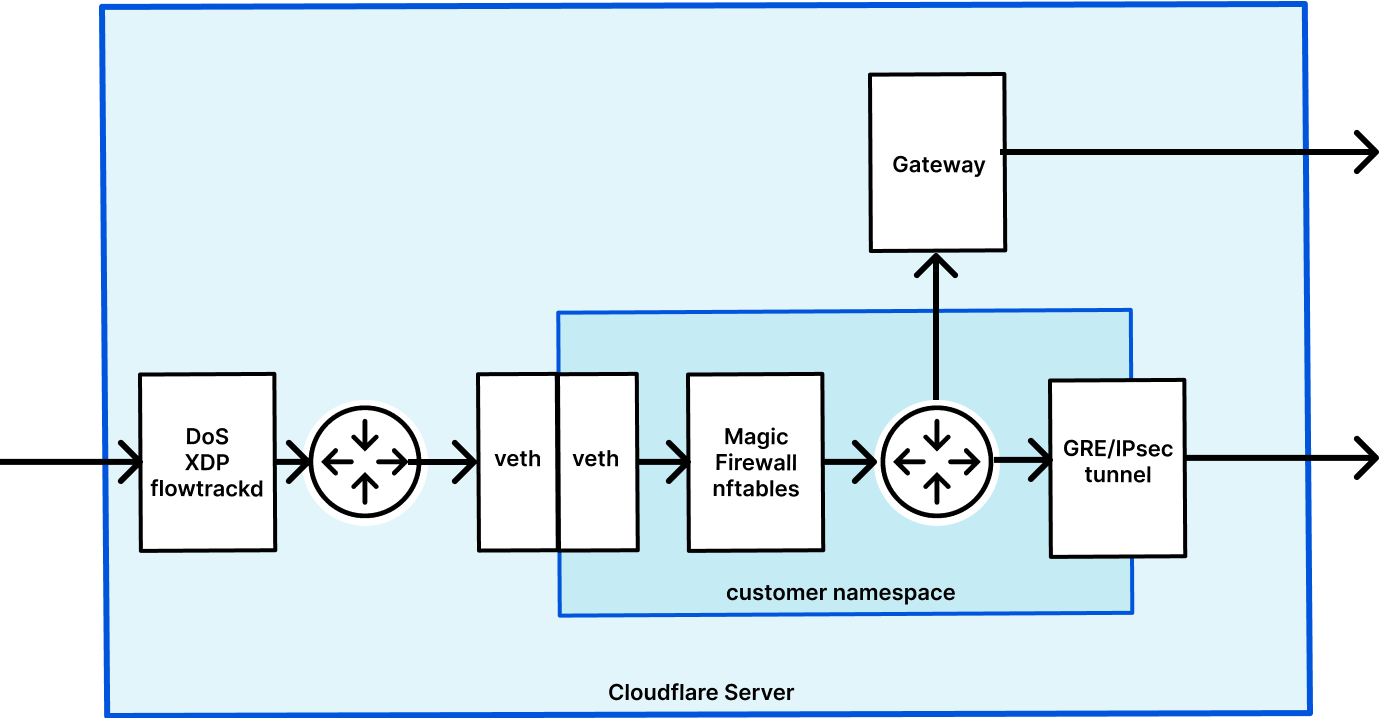Troubleshooting puzzle: What caused the streaming to degrade?
You’ve just been given the task of solving a network problem that has been unresolved for many months. Where do you start? Is it a solvable problem or is it just the way the network works? Maybe you’ve encountered a limitation on how network protocols function. What follows is an account of just such a problem that stumped many good network engineers for months and how it was resolved by NetCraftsmen’s Samuel Bickham. It may provide tips for solving problems you face down the road. As Bickham says, “Troubleshooting is kinda like a magic trick: It’s impressive until it’s explained.”A customer contacted NetCraftsmen to ask if we could diagnose a networking problem that affected only a few applications and a subset of employees on an intermittent basis.To read this article in full, please click here








